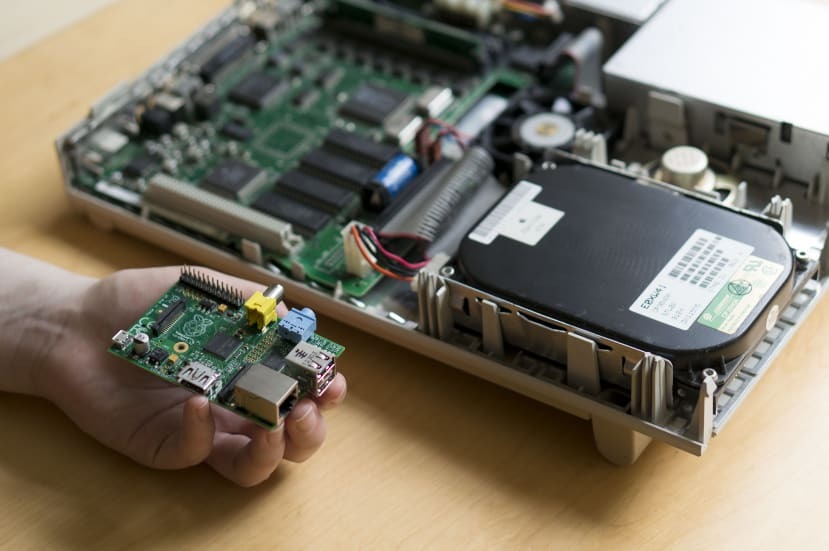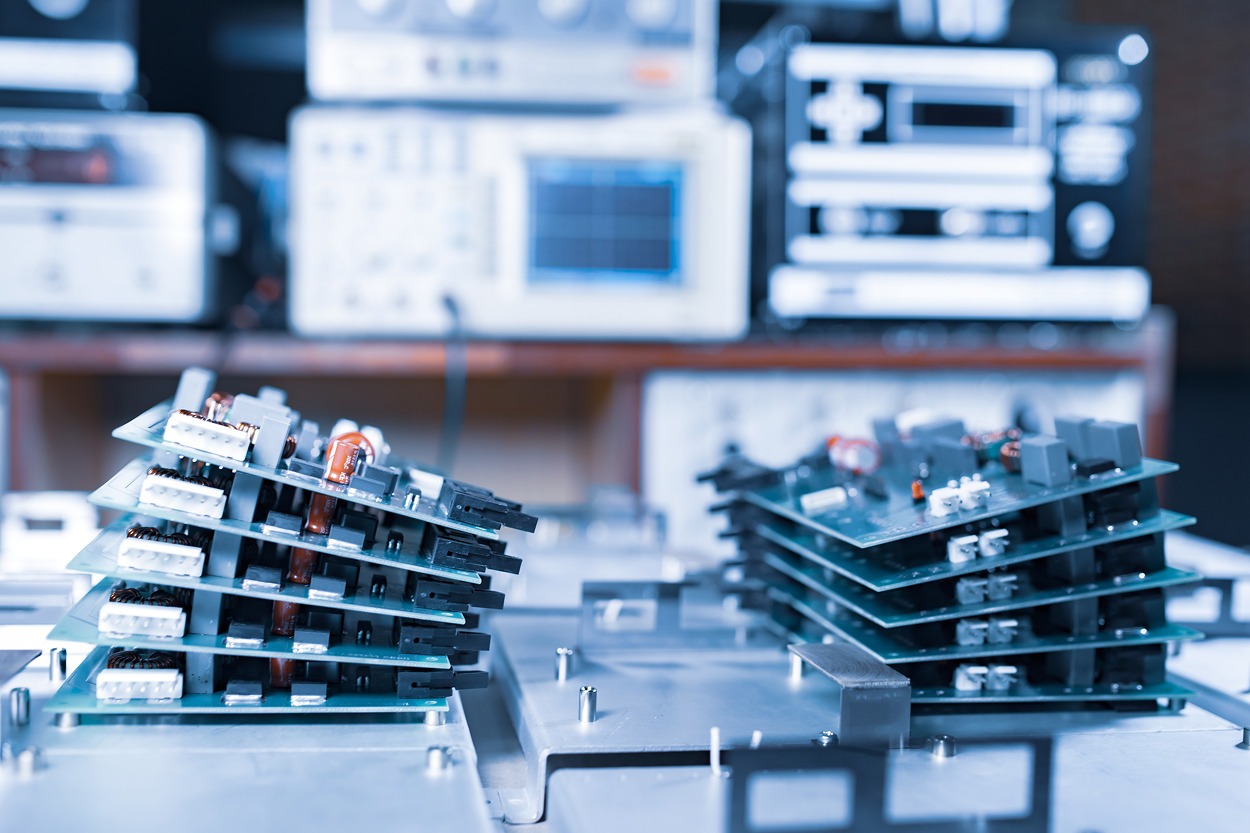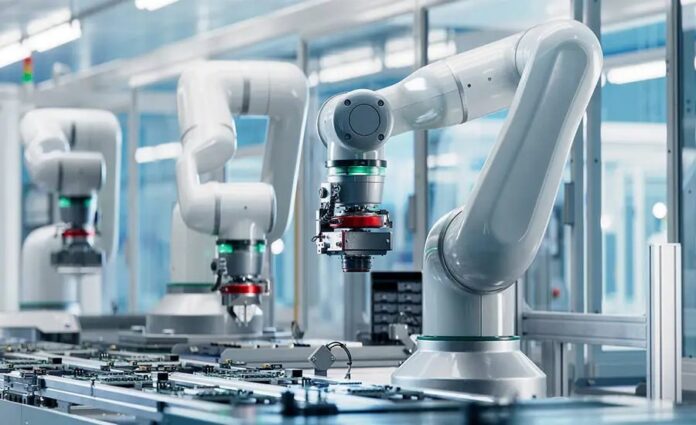The electronic components that power our world, from complex medical devices to the latest smart wearables, rely on a delicate balancing act of design, precision manufacturing, and uncompromising quality.
The global electronics industry is moving at a relentless pace, driven by demand for smaller, smarter, and more powerful devices.
This rapid evolution presents both extraordinary opportunity and significant hurdles for manufacturers aiming for excellence in their output.
Understanding these complexities is key to appreciating the sheer engineering involved in bringing a sophisticated electronic product to market today.
The Miniaturisation Imperative in Circuit Assembly

Perhaps the most defining trend in contemporary electronics is miniaturisation. Consumers continually expect faster performance from devices that are increasingly compact.
This pressure translates directly to the design and assembly of printed circuit boards, or PCBs, the ‘nervous system’ of any electronic product.
The shift towards High Density Interconnect, or HDI, PCBs and the widespread adoption of Surface Mount Technology (SMT) have been pivotal in this development.
SMT allows for components to be mounted directly onto the surface of the circuit board, enabling higher component density and more efficient manufacturing than older through-hole techniques.
However, as component sizes shrink to near-microscopic levels, the manufacturing challenge intensifies.
The placement accuracy required for modern components, often smaller than a grain of sand, demands highly sophisticated, automated equipment and finely tuned processes.
Quality Control: The Silent Hero of High-Speed Electronics
In this era of rapid production, the cornerstone of reliable electronics remains rigorous quality control.
Even a microscopic defect in a solder joint or a slight component misalignment can lead to a catastrophic product failure down the line.
For any manufacturer, quality assurance is no longer just an end-of-line check, but a critical, integrated process spanning the entire production cycle.
Robust inspection methods, such as Automated Optical Inspection (AOI) and X-ray inspection, are now standard practice in any reliable PCB assembly operation.
These technologies work in real-time, detecting and classifying flaws that would be invisible to the human eye, ensuring that the finished product meets exacting industry standards.
The margin for error is thin; high-speed production must be synonymous with high-reliability manufacturing.
Achieving this consistency often relies on integrating data from the very first stage of solder paste application through to the final functional test.
Securing the Future: Resilience in the Electronics Supply Chain

The stability of the global electronics manufacturing supply chain has been a significant point of concern across multiple sectors recently.
Geopolitical events, component shortages, and logistical disruptions have made material sourcing a complex, high-stakes game.
Manufacturers must navigate a fragmented global network to secure everything from raw semiconductor materials to specialised passive components.
A proactive approach involves building resilient, diversified supplier relationships and employing advanced enterprise resource planning, or ERP, systems to provide real-time visibility and predictive analytics.
For companies seeking a dedicated, long-term partner to manage these complexities and ensure component traceability, engaging in a strategic contract electronics manufacturing arrangement can be invaluable.
Experts in the field can often offer the necessary flexibility and security of supply that in-house operations might struggle to maintain. This strategic partnership model is becoming increasingly vital for managing risk in a volatile market.
The Next Frontier: Smart Factories and Green Manufacturing

Looking ahead, the future of electronics assembly is being shaped by two powerful forces: further automation and a renewed focus on sustainability.
The principles of Industry 4.0, integrating Artificial Intelligence and the Internet of Things, are driving the development of ‘smart factories’.
Here, connected production lines can self-diagnose, adjust workflows, and optimise output with minimal human intervention, leading to higher efficiency and better consistency in the final product.
Concurrently, the industry is grappling with the environmental challenge of e-waste.
This has spurred innovation in materials science, leading to greater demand for eco-friendly, recyclable substrates and the adoption of more energy-efficient manufacturing processes.
The push for sustainability, alongside the relentless march of technological advancement, means the landscape of electronics production will continue to be a fascinating, complex, and vital sector of the global economy.
Staying at the forefront of these trends requires not only significant capital investment but also a deep pool of technical expertise and a culture of continuous improvement.




